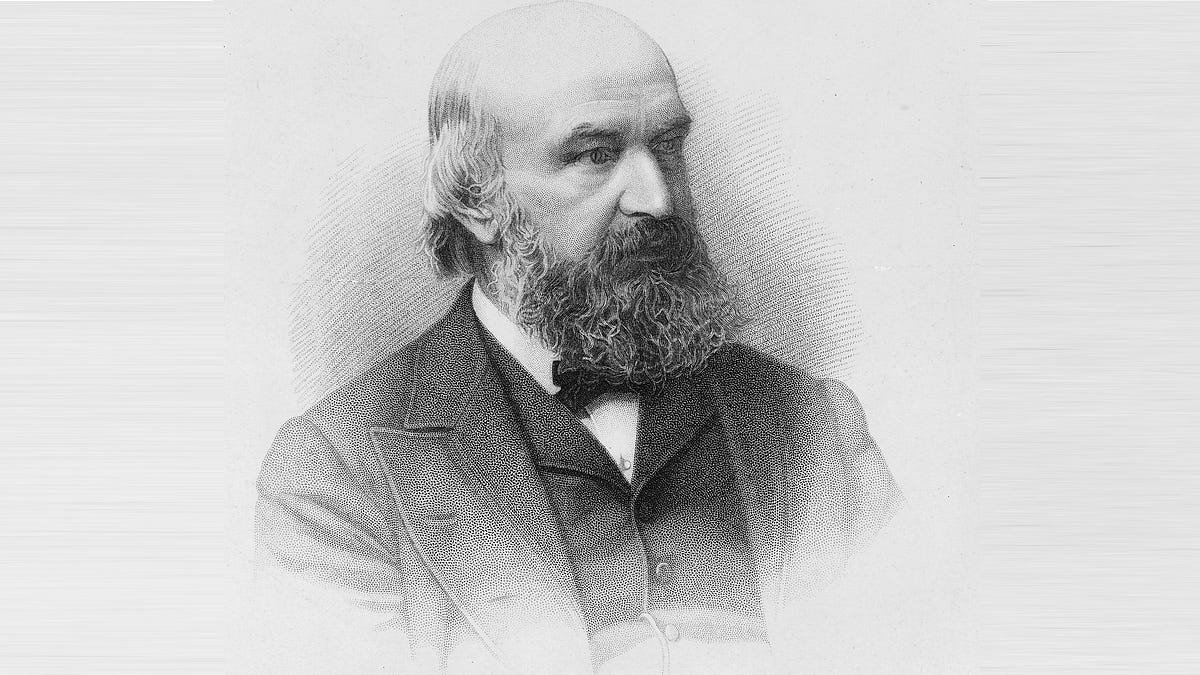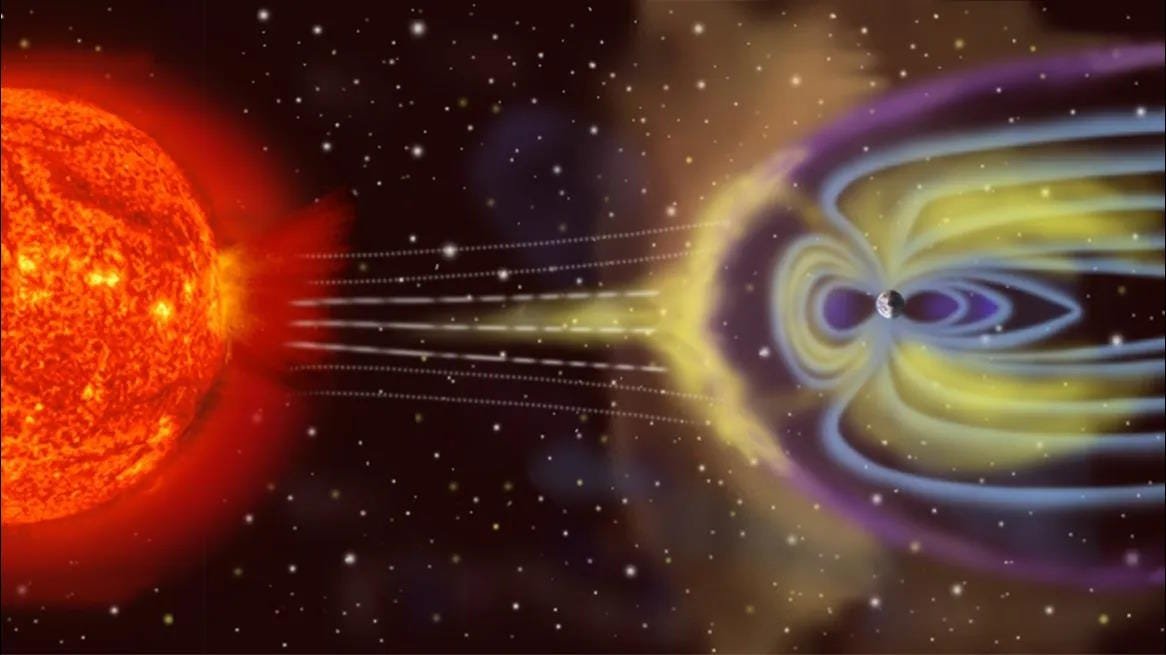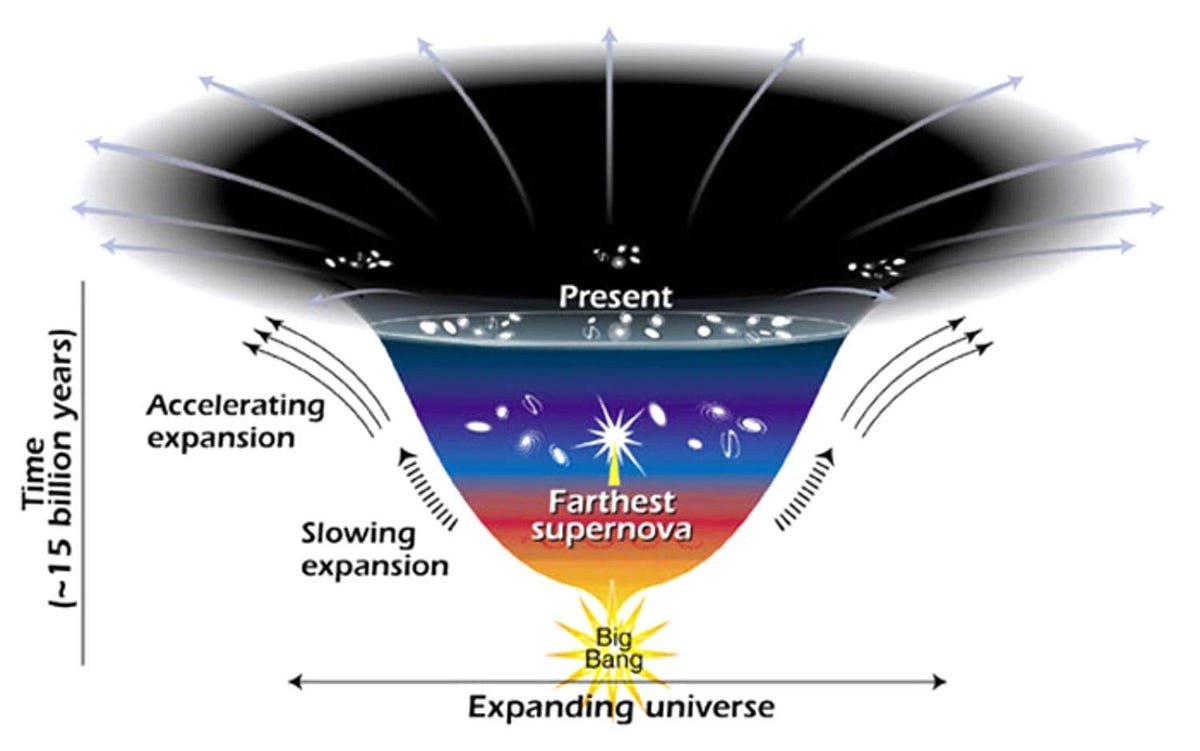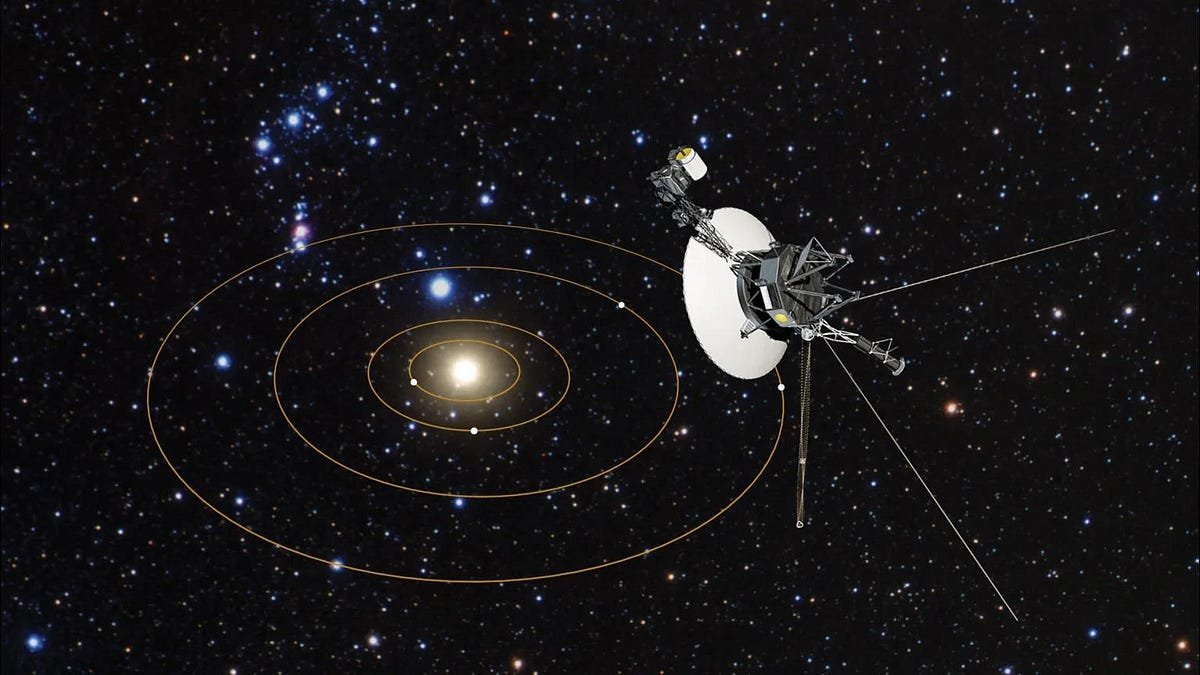
What was it like when the cosmic dark ages ended? | by Ethan Siegel | Starts With A Bang! | Jan, 2024
For 550 million years, neutral atoms blocked the light made in stars from traveling freely through the Universe. Here’s how it then changed.
Forming stars sounds like the easiest thing in the Universe to do, given enough time. However, making stars that are actually visible to an observer is, perhaps surprisingly, a lot more challenging. Once you get a sufficiently large amount of mass together, so long as you give it enough time to gravitate, you’ll b able to watch it collapse down into small, dense clumps. If enough mass comes together in those clumps under the right conditions, stars will no doubt ensue. This is how you form stars today, and it’s how we’ve formed stars all throughout our cosmic history, going back to the very first ones some 50–100 million years after the Big Bang.
But even with the first stars burning, as they go about fusing hydrogen into heavier elements and converting that energy into a form that results in the emission of tremendous amounts of light, those stars aren’t necessarily visible to anyone around to observe them. The Universe is simply too good at absorbing and blocking that light. The reason? All of the atoms in the Universe, during the time that the first stars exist, are neutral, and there are simply too many of them for the starlight to penetrate. It took hundreds of millions of years for the Universe to allow that light to freely pass through it: a time known (from the perspective of light) as the cosmic dark ages, but known (from the perspective of atoms) as the epoch of reionization. It’s a vital part of the cosmic story of us whose importance is greatly underappreciated.
If you want to know what lights up the Universe, the answer always depends on which wavelengths of light you’re looking at it in. The Universe is always illuminated by the cosmic microwave background: the leftover radiation from the Big Bang itself. Early on, this radiation was coupled to the plasma of ionized nuclei and free electrons, prior to the formation of stable, neutral atoms. Less than half-a-million years after the Big Bang, neutral atoms formed and this radiation simply streamed, freely, amidst the sea…




